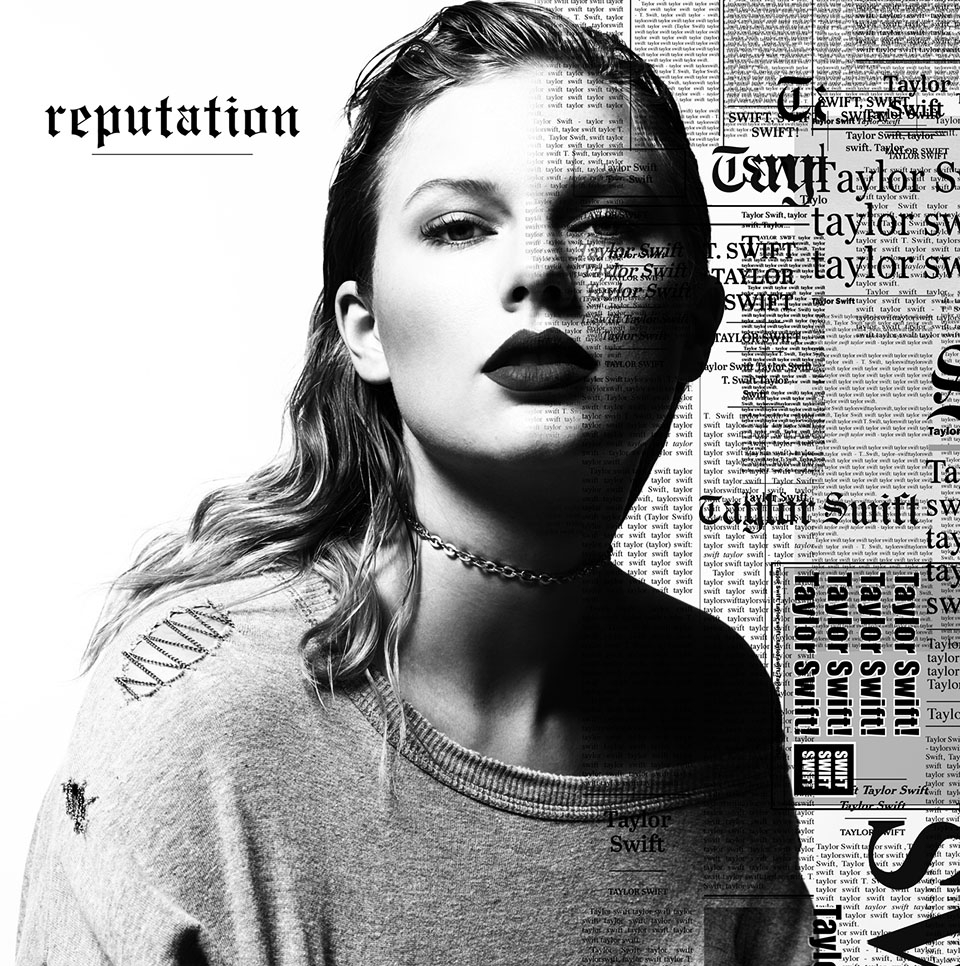Capri Scarcelli | Staff Writer
1/23/20
Prior to his death in September 2018, Pittsburgh rap/hip-hop phenomenon Mac Miller was in the midst of working on an album that posed as a call and response to his previous album: Swimming.
Circles, which was officially released on Miller’s behalf on Jan. 17, seems to reflect the unanswered questions of Swimming.
I believe this album shows the cacophony of thoughts that were whirling around Miller’s head in dealing with his mental illness and drug addiction. It seemed to me like a form of self-discovery — he was, as he hints to his audience, “swimming in circles.”
Listening to this album makes me feel as though my heart is caving in on itself, knowing he is no longer here to see how well-received his work was.
The only way to break apart this album, truly, is to go track-by-track.
The opening track of the album, “Circles,” sets up the echoing theme of Miller addressing his own inner-turmoil. The gentle entrances of both the instrumentation and the vocals are so carefully crafted; it gives you a glimpse of Miller’s mind, briefly, at ease. The lyrics show Miller’s longing for a calm life, despite the anxiety he alludes to in the beginning. He compares this to an endless loop of “drawing circles,” which I believe shows how each day feels like a repeat of the last.
“Complicated” gives off more of an R&B feel. Miller’s voice and the lyrics themselves complement the beat of the song, as they offer a relaxed melody for such a heavy concept to be addressed. He says, “I’m way too young to be getting old,” which shows how fast he had to grow up in the music industry when dealing with his deepest emotions. Even when Miller got his start in Pittsburgh at the age of 15, he had always been quite self-aware.
There are only two explicit songs featured on this album; “Blue World” is one of them. This track reminds me of a celebration of sadness. With its steady, up-tempo rhythm, Miller introduces the track with a snippet of a 1950s song called “It’s a Blue World” by The Four Freshmen, then quickly transitions with a tasteful beat drop.
The song itself is a sign of hope for Miller, as he says, “this mad world is making me crazy, might just turn around, do one-eighty.” I find this song to be a stark contrast from the careful pacing of the beginning of the album, though complimentary all the same with the overall theme.
“Good News” is also hopelessly optimistic, despite where he feels he is at emotionally. The guitar plucking is a perfect backing to Miller’s soft, cooing vocals, illuminating how sporadic his thoughts appear in his head. He tells himself, “it ain’t that bad, it could always be worse,” though admits that the only person standing in his way is himself. Listening to this song feels like walking through the city alone on a chilly day — there’s a sense of peaceful solidarity to it.
“I Can See” features pop artist and ex-girlfriend Ariana Grande in the background vocals. Though it is uncredited, fans have noticed, as she posted the song on her story as a hint. This was very emotional to me, knowing how in love they were before Grande ended things. As subtle as it is, Grande’s appearance on the album is such a beautiful tribute to their relationship.
“Everybody” is blunt, yet soulful; it exposes Miller’s view on the world around him. Starting immediately with the piano and quiet vocals, the music grows as the drums hit the downbeat with determination and persistence throughout the duration of the song. Everything about it to me is lulling. As for the lyrics, Miller reminds the audience that everyone feels pain; everyone feels joy. He sings, “I feel you know the reason why,” suggesting that we know exactly what it feels like to go through the motions of life.
Next comes “Woods.” This is another quaint piece of Miller’s, which I see as more of a transitional piece than something that sticks out to me. The backing, however, flows quite nicely.
I noticed that “Hand Me Downs” is one of the longer songs on the album, as it also is the only song where someone is directly attributed to collaborating with Miller. Rapper Baro Sura sings the chorus of this piece, and I think Miller did this in order to draw attention to a perspective other than his own. Its mellow cadence is calming and shows a promise of reassurance.
Entitled “That’s on Me,” this song seemed to be about Miller directly addressing his problems to himself. The other songs on this album have an apparent introduction, but this one starts off immediately with Miller singing. The title of the track is repeated quite often throughout, which I think is done for emphasis. It is simplistic, but impactful.
The following song, “Hands,” is the last explicit song on Circles. On this track, Miller brings out the raw intensity of his emotions and familiarizes his audience with a sound that reminds fans of his older works, especially for those who were a big fan of “Divine Feminine.” This song dips back into his roots, taking a break from the ballads that encompass the majority of the album.
“Surf” is easily one of my favorite songs on the album. It is swift, yet delicate in terms of lyrics and overall tonality — it truly flows well. In this song, Miller illuminates the pinnacle of his mental strife. This most likely alludes to the point where he and Grande broke up, as he says “got her head in the clouds/don’t need to be lower,” whereas in Grande’s “Problem,” she sings “head in the clouds got no weight on my shoulders.”
The last track of the album is entitled “Once a Day.” This final piece, quite literally, brings the album full-circle. He alludes to the title of this concluding track in the very first one of the album, as it juxtaposes the hopeful tone with a more somber one.
By this endpoint, it felt as though Miller wasn’t there anymore. He sounded distant, as if he was drifting away, and then the song ends somewhat abruptly. There was a heavyweight on my chest listening to this one, though it made me feel whole.
Miller’s Circles is art. I feel as though there was no better way to convey the darkest crevices of his mind, reminding his audience of his humanity.
Pittsburgh is beyond fortunate to have him as a part of our identity.




